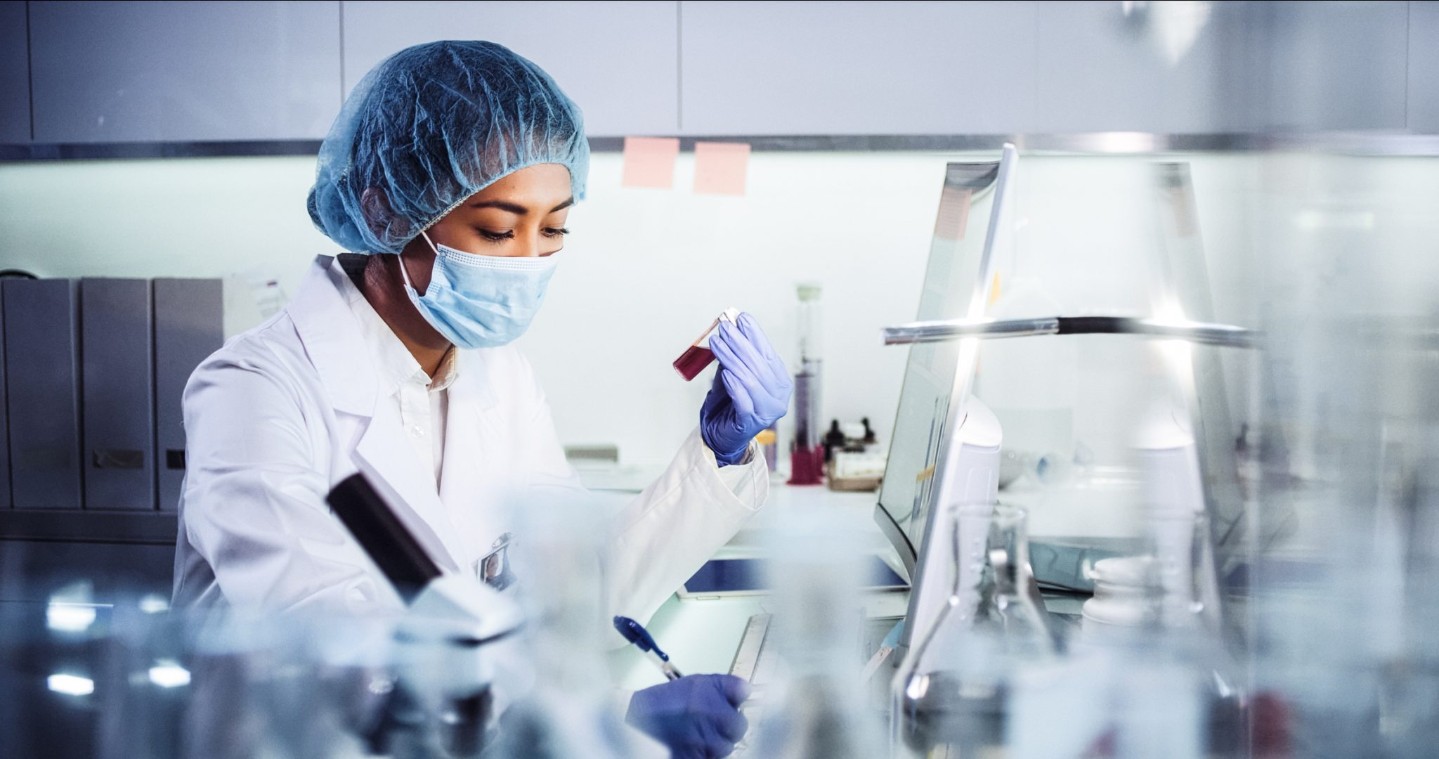If you’ve ever wondered what happens when your doctor sends something to the lab, here’s the secret: it ends up with someone like me, a pathologist working in a laboratory.
Exactly what type of cancer do you have? Or, what bug is causing your stomach inflammation? These medical mysteries often get investigated in pathology labs.
I never forget that the sample I’m investigating belongs to a person. When I find something concerning, several things go through my mind. One is care and concern for the patient, and how they must be feeling. The next is finding a specific diagnosis, so that the patient's doctor can recommend the correct treatment and the patient can feel better.
What Happens in a Pathology Lab?
What types of things do we test? Pathologists test any type of body tissue or cells that have been removed by a surgeon, physician or other provider.
First, we look at the tissue "grossly,” which means with our eyeballs and with our sense of touch. We compare the tissue to how we know “normal” is supposed to look and feel, and we describe the tissue we see "grossly.”
Next, we process the tissue so it can be put on a glass slide, and we can look at it under the microscope. Our goal is to tell whether the tissue is normal or abnormal – or whether or not the tissue has cancer.
We can often answer these questions:
- If it is cancer, what kind or type of cancer?
- What are the characteristics of the cancer?
- How well, or poorly, does the cancer resemble the tissue that it started in?
- Is the cancer confined to the tissue it started in, or has it spread to nearby tissue?
What Pathologists Look for: Tools We use
If we do not know where the cancer started, we have tools – called immunohistochemical stains – that can help us figure that out. We also can do immunohistochemical tests to screen for hereditary cancer, and to find certain characteristics of the cancer that might make it susceptible to certain treatment medications.
If the tissue is not cancerous, we look for different answers. What kind of inflammation? Can we see the organism that is causing the inflammation? For example, a bacteria called Helicobacter pylori causes stomach inflammation, and pathologists can see the curved bacteria under the microscope along the inside surface of the stomach.
Other Factors that Can Affect Tissue
Many other things can cause inflammation in the stomach, such as autoantibodies, loss of blood flow to the stomach, and noxious substances (such as medications and alcohol). Sometimes we can see different bacteria, or fungus, in inflamed tissue, with the help of additional special tests.
When we’re done examining the tissue, we write a report stating the diagnosis, which goes into the medical record. Your provider then shares those results with you. It’s all part of the process of demystifying the medical issue you may be facing. I consider it a privilege to play this role in your care.





